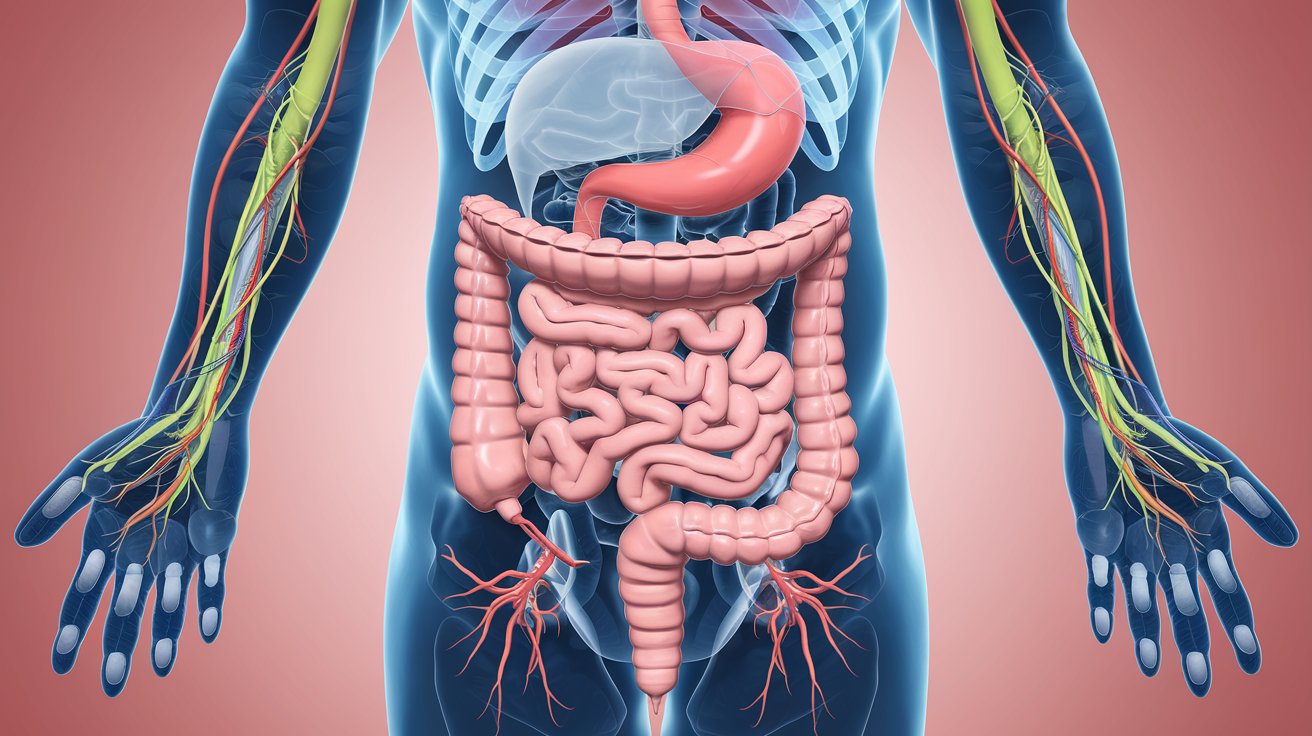
Common mesentery might sound like a complex medical term, but it's actually quite fascinating. This structure in our bodies plays a crucial role in holding our intestines in place. Without it, our digestive system would be in chaos. Did you know that the mesentery was only recently classified as an organ? That's right! For years, scientists thought it was just a simple tissue. But now, they understand its importance in our overall health. From supporting blood vessels to aiding in nutrient absorption, the mesentery is a true unsung hero. Ready to learn more about this amazing part of your body? Let's dive into 30 intriguing facts about the common mesentery!
Key Takeaways:
- The common mesentery is like a supportive blanket for our intestines, providing them with blood vessels, nerves, and lymphatics to keep them healthy and in place.
- Researchers have discovered that the mesentery is not just separate parts, but a continuous organ, shedding new light on its role in diseases and immune response.
What is the Common Mesentery?
The common mesentery is a fold of tissue that attaches the intestines to the abdominal wall, providing support and containing blood vessels, nerves, and lymphatics. This structure is crucial for maintaining the position of the intestines and ensuring they receive the necessary nutrients and oxygen.
- The common mesentery is a double layer of peritoneum.
- It connects the intestines to the posterior abdominal wall.
- This structure contains blood vessels, nerves, and lymphatics.
- It helps in supplying the intestines with oxygen and nutrients.
- The mesentery also plays a role in immune response.
Anatomy of the Common Mesentery
Understanding the anatomy of the common mesentery can help grasp its importance in the human body. It consists of various parts that work together to support the intestines.
- The mesentery is divided into the mesentery proper, transverse mesocolon, and sigmoid mesocolon.
- The mesentery proper attaches the small intestine to the posterior abdominal wall.
- The transverse mesocolon connects the transverse colon to the posterior abdominal wall.
- The sigmoid mesocolon attaches the sigmoid colon to the pelvic wall.
- Each part of the mesentery contains blood vessels, nerves, and lymphatics specific to the attached intestines.
Functions of the Common Mesentery
The common mesentery serves several essential functions that are vital for the digestive system and overall health.
- It supports the intestines, keeping them in place within the abdominal cavity.
- The mesentery allows for the movement and expansion of the intestines during digestion.
- It provides a pathway for blood vessels to supply the intestines with oxygen and nutrients.
- The mesentery contains lymphatic vessels that help in the absorption of fats and fat-soluble vitamins.
- It plays a role in the immune response by containing lymph nodes that filter harmful substances.
Blood Supply and Innervation
The blood supply and innervation of the common mesentery are critical for the proper functioning of the intestines. These networks ensure that the intestines receive the necessary nutrients and signals to operate efficiently.
- The superior mesenteric artery supplies blood to the small intestine and part of the large intestine.
- The inferior mesenteric artery supplies blood to the distal part of the large intestine.
- The mesentery contains veins that drain blood from the intestines into the portal vein.
- Nerves within the mesentery control the movement and function of the intestines.
- The autonomic nervous system regulates the activity of the mesenteric nerves.
Mesenteric Disorders
Various disorders can affect the common mesentery, leading to significant health issues. Understanding these conditions can help in early detection and treatment.
- Mesenteric ischemia occurs when there is a reduced blood flow to the intestines.
- Mesenteric lymphadenitis is the inflammation of the lymph nodes within the mesentery.
- Mesenteric panniculitis is a rare inflammatory condition affecting the fat tissue of the mesentery.
- Mesenteric cysts are fluid-filled sacs that can develop within the mesentery.
- Mesenteric tumors, though rare, can occur and may be benign or malignant.
Recent Discoveries
Recent discoveries have shed new light on the common mesentery, revealing its complexity and importance in human health.
- Researchers have found that the mesentery is a continuous organ rather than separate structures.
- This discovery has led to a better understanding of its role in various diseases.
- Advances in imaging techniques have improved the diagnosis of mesenteric disorders.
- Studies are ongoing to explore the mesentery's role in immune response and disease prevention.
- The mesentery's involvement in fat metabolism is an area of active research.
The Final Word on Mesentery Facts
Understanding the common mesentery helps us appreciate its role in our bodies. This vital structure supports our intestines, supplies blood, and aids in immune responses. Knowing these 30 facts can deepen your grasp of human anatomy and health.
From its discovery to its functions, the mesentery is more than just a connective tissue. It’s a key player in digestion and overall well-being. Whether you’re a student, a health enthusiast, or just curious, these insights offer valuable knowledge.
Remember, the mesentery isn’t just a passive structure. It actively participates in maintaining our health. Keep exploring and learning about your body. Who knows what other fascinating facts you’ll uncover next?
Frequently Asked Questions
Was this page helpful?
Our commitment to delivering trustworthy and engaging content is at the heart of what we do. Each fact on our site is contributed by real users like you, bringing a wealth of diverse insights and information. To ensure the highest standards of accuracy and reliability, our dedicated editors meticulously review each submission. This process guarantees that the facts we share are not only fascinating but also credible. Trust in our commitment to quality and authenticity as you explore and learn with us.


